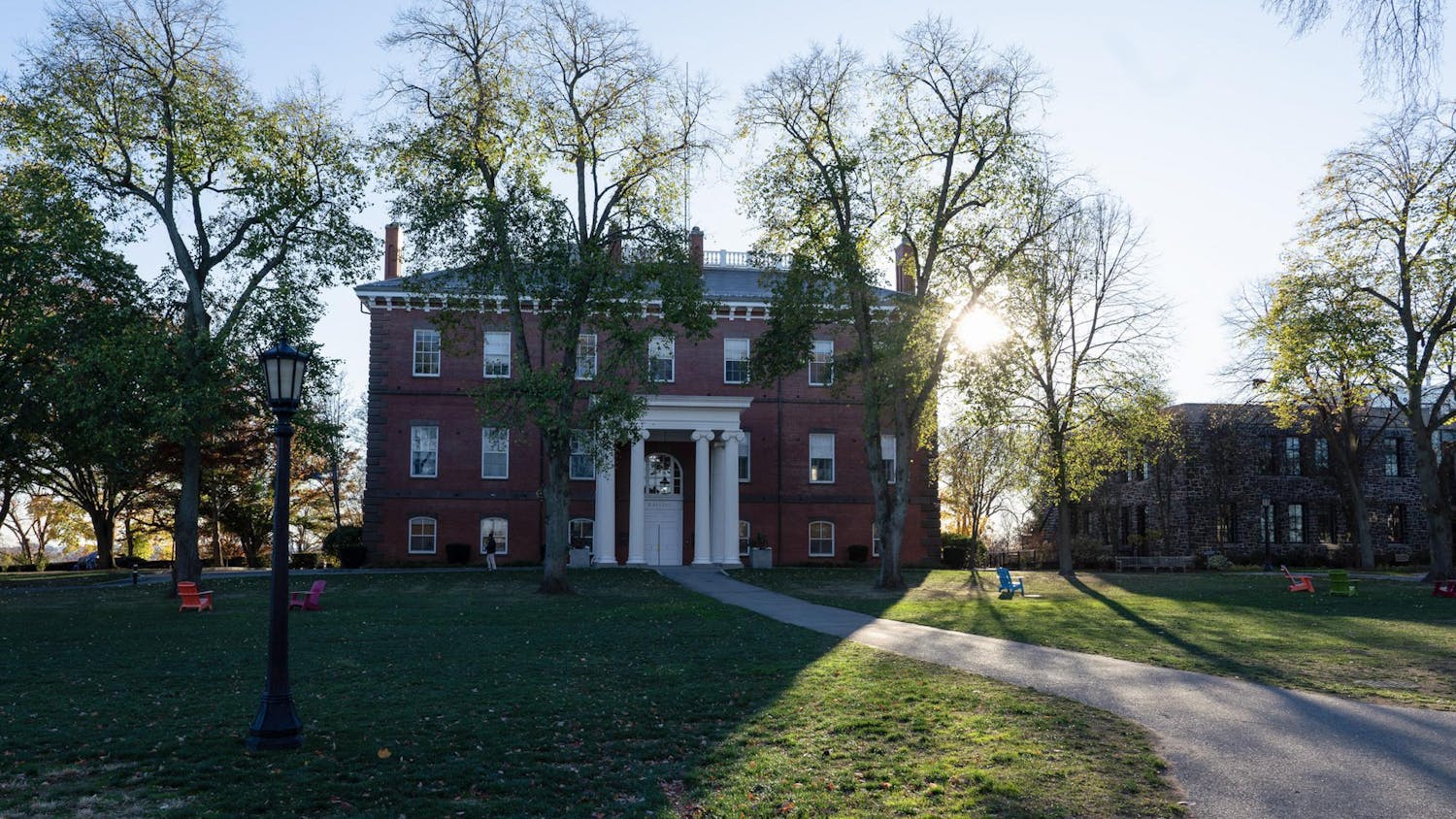The Tufts health sciences campus in Boston completed a new system of signage last spring. The initiative, which was spearheaded by Marketing Communications, a part of the University Relations division, was intended to help visitors identify the campus and find their way around, according to Director of Marketing Communications Lisa Gregory.
Gregory explained that the rebranding consisted of adding new signage and maps that help make the campus more recognizable and assist people in navigating the health sciences buildings spread across Chinatown. These buildings on the Boston campus include the Friedman School of Nutrition Science and Policy, the Tufts University School of Medicine, the School of Dental Medicine, Tufts Medical Center, the Sackler School of Graduate Biomedical Sciences and the Jean Mayer USDA Human Nutrition Research Center on Aging.
Large metal signs in brown and blue that read "Tufts" nowhang from building entrances on Kneeland St. and Washington St. as well as on Harrison Ave, according to Gregory. Campus maps were affixed to walls at key points where visitors are most likely to be seeking directions, and free-standing kiosks holding maps were installed across the campus as well.
“The new signage fits with the pre-existing architectural styles," Gregory said. "The brand personality of the signage visually connects Tufts University with Tufts Medical Center.”
The project was a collaborative initiative between both the Boston and Medford/Somerville campuses, according to Gregory.
“It couldn't have been accomplished without the collaboration of Community Relations, Tufts Medical Center, Tufts Shared Services and design from Roll Barresi & Associates,” she said.
Gregory added that the new signage system is the result of several years of work.
“We needed to plan carefully with the city and pursue approvals with the Boston Redevelopment Authority and with our Chinatown neighbors," she said.
Director of Community Relations Barbara Rubel explained that Tufts collaborated with the surrounding neighborhood on the new signage process.
“We met with a group of Chinatown leaders to advise us on the colors for the banners and the kiosks," Rubel told the Daily in an email. "They patiently reviewed the possibilities we were considering and explained various cultural preferences and taboos. We took their advice.”
Harris Berman, dean of the School of Medicine and professor of public health and community medicine, said that the project had been under consideration for several years, but because of costs, action could not be taken until this year, despite its importance.
“Many blocks are encompassed by the health sciences campus, and we want people to know we are there," he said. "Earlier, people didn't notice much, and the fact that the campus is spread out in Chinatown added to that confusion.”
Executive Associate Dean of the School of Dental Medicine Mark Gonthier noted that the signs add to the campus' overall cohesiveness.
“The new signage visually knits the campus together, reflecting the collaborative nature of the health sciences schools and professions," he said.
Associate Director of Public Relations on the Boston campus Siobhan Gallagher said she also felt that the signs were an important addition to campus.
“The new signage delineates the Boston campus for people from inside and outside the Tufts community, and I appreciate them every morning on my walk into work,” she said.
Gregory added that she has received positive feedback on the new signage system thus far.
"People love the maps," she said. "The clarity about where you are and strategic placement was just what the campus needed.”
More from The Tufts Daily





